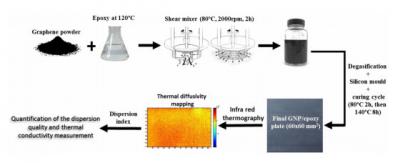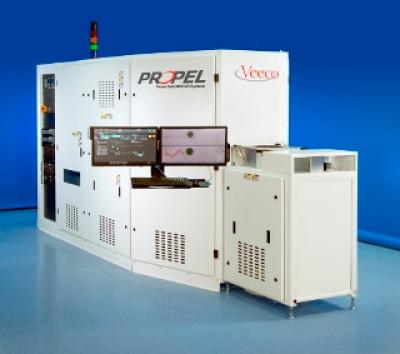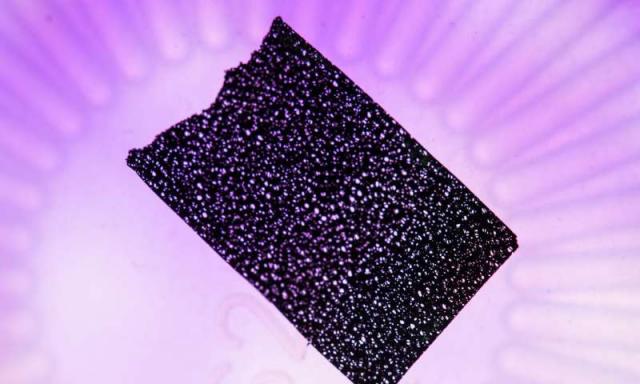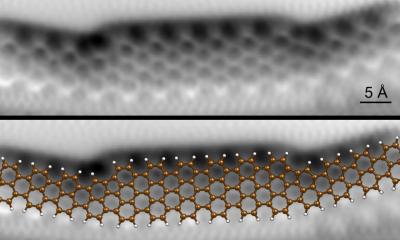Graphene-based device generates electricity from human motion
Researchers from Vanderbilt University have developed an ultra-thin, graphene-based device that can be placed in fabrics of clothing to generate electricity from human motion.
Being 1/5000th the thickness of a human hair, the device can sense even the slightest human movement. The research team commented that compared to the other approaches designed to harvest energy from human motion, our method has two fundamental advantages. The materials are atomically thin and small enough to be impregnated into textiles without affecting the fabric's look or feel and it can extract energy from movements that are slower than 10 Hertz 10 cycles per second over the whole low-frequency window of movements corresponding to human motion.





